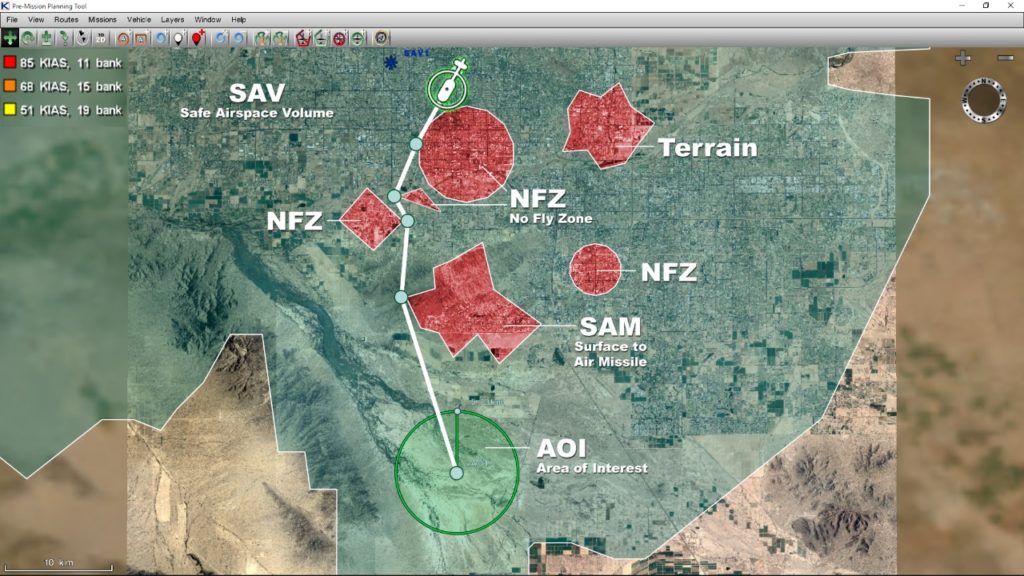SAFE AIRSPACE MANAGEMENT SYSTEM
SAFE AIRSPACE MANAGEMENT SYSTEM (SAMS)
The U.S. military was looking for a way for a minimally trained field operator to control their unmanned aircraft (UA) safely, easily, and effectively (SEE). To develop SEE, Kutta’s engineers asked the following?
- How does the main operator safely handover a UA to a minimally trained FO?
- How do you prevent the FO from flying the UA outside the radio frequency line-of-sight of the main control station, creating a lost-link issue?
- How do you prevent the UA from flying into terrain?
- How do you bind the aircraft to air traffic control (ATC) airspace and area restrictions?
- What features make it easy for the minimally trained operator to be effective?
Kutta created an autonomous system to make it safe, simple and effective (i.e. a point-and-click operation) for the FO. Kutta first designed a DO-178-based Safe Airspace Management System. The SAMS consist of a DO-330 qualified tool and auto router. A user utilizes the qualified tool to generate an approved geofenced area called a Safe Airspace Volume (SAV). The SAV is uploaded to the UA for supervised usage in accordance with the U.S. military’s STANAG 4586 Interoperability Profiles (IOP). Once the SAV is loaded on the UA, the Safe Airspace Management Auto-router (SAMA) utilizes the SAV to autonomously navigate within the geofenced area (See picture below). This architecture allows the UA to avoid controlled flight into terrain and no-fly zones, stay within the control station’s radio frequency line-of-sight, and maintain approved airspace and area limits. This is useful for fully autonomous flight and when the field operator needs LOI 4 control of the UA to accomplish a mission. Reference Bi-Directional Remote Video Terminal (BDRVT) features that allow the field operator to SEE control the UA.
The solution is vehicle-independent and is currently fielded on demonstrated on military UAS. Contact us today to SEE how this solution can make your unmanned system safer!
Kutta’s engineers have a wealth of expertise in DO-178C, as well as MIL-STD 882E. As pioneers in the field, we are also applying those safety-critical standards to advanced research of autonomous systems. Kutta’s research and development group offer novel, unique and cost-effective solutions to obtain safety-critical certifications of artificial intelligence and machine learning (AI/ML) software. Most Kutta engineers have advanced technical degrees and offer 20+ years of industry experience, maintaining proficiency and credibility in leading-edge technical skill sets. Kutta can provide your organization with licensing of a comprehensive technology suite for integration or a single component and offers expert guidance on Federal Aviation Administration, Department of Defense and unmanned system requirements.

